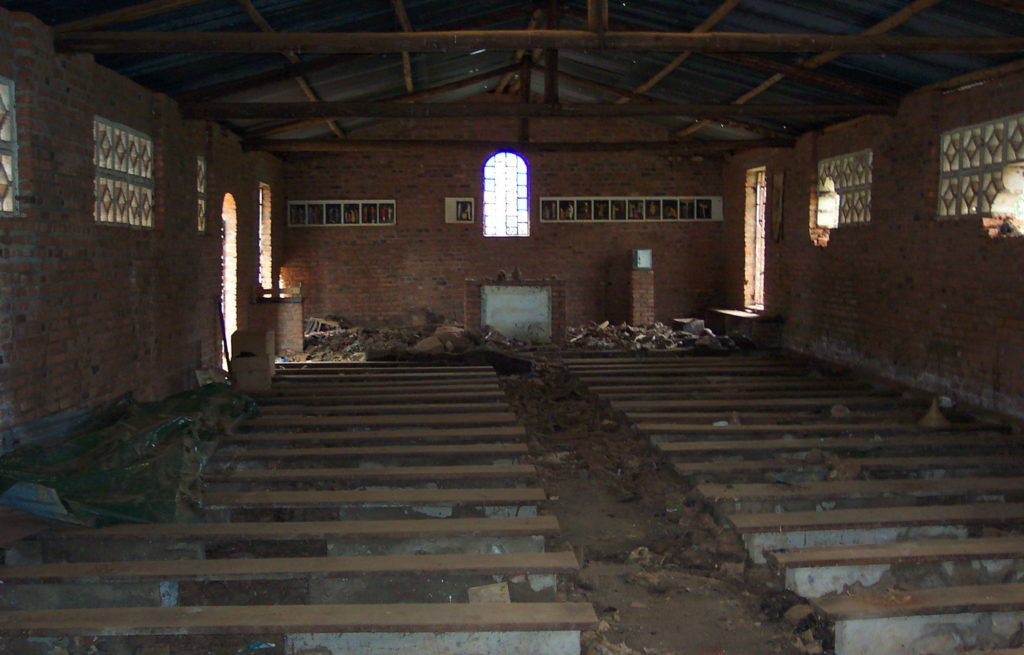
The New Yorker recently published a powerful article, Betraying Justice for Rwanda’s Genocide Survivors, by Jina Moore highlighting the very concerning issue of the early release of convicted convicts. The full article is online here, an extract which we publish:
When the International Criminal Tribunal for Rwanda concluded its last trials, in 2012, its sixty-two convictions were hailed as a triumph of justice, both in the narrow criminal sense and, more broadly, as a method of historical documentation and a foundation for reconciliation. So far, nearly twenty per cent of its convicts have been released early. If the three pending requests succeed, the lawyers for the Rwandan government expect Théoneste Bagosora, who is regarded as the mastermind of the genocide, to file a similar request later this year.
Human-rights advocates say that paroling the perpetrators threatens the entire logic of international criminal law. “You convict people for genocide, they get relatively low sentences, and then they are eligible for early release—it completely undermines the process,” Toby Cadman, a co-founder of Guernica 37, an international-justice law firm in London, told me.
Or, as Damas put it: “If Simba is let out, who is left in?”
More than hate, more than fear, more than machetes or machine guns, scale has always been the genocidaires’ most powerful weapon. The world remembers mass murder, mass rape, mass crimes, and speaks with pathos of nameless, faceless victims—and the tribunals tell us, through millions of pages of testimony and other overwhelming proof, that those mass crimes were committed by these relatively few men. The perpetrators’ ability to execute atrocity outstrips our capacity to imagine it. We cannot grasp it. The overwhelming proof overwhelms us. A countable collection of perpetrators has become as faceless, as abstract, as the thousands and thousands of people they’ve killed.
This is not, of course, how Damas feels about Aloys Simba. Damas, whom I first met in Rwanda nearly fifteen years ago, is now the father of three children, and an adopted member of my family. But, after the soldiers sent by Simba shot into the crowd at Kaduha parish, he never saw his own family again: his mother ran, with a newborn in her arms and Damas’s siblings trailing behind, down a hill. Damas, at eleven, had refused to follow. He fled up the hill instead, and he was pushed by a stranger into the priests’ living quarters. He hid under a bed there, as the massacre that began at dawn dragged into dusk. “There was screaming, screaming—there were so many people to kill—and more screaming, until it was the last voice,” he said. “And then that was that.”
This, Damas has learned, is the injustice of international justice: the killers, like their victims, become nameless, faceless statistics. And if we cannot name them, and we cannot imagine their crimes, we will hardly notice when they are let go.
